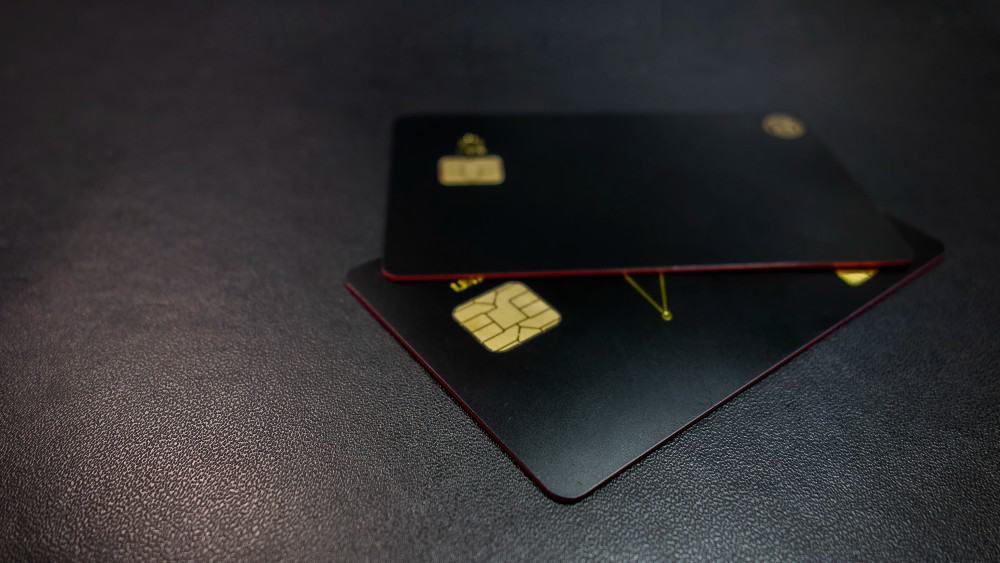I’ll go ahead and say it: at this point, your cash-back credit card is likely your best tool to fight rising inflation. As long as your card earns a percentage back on everyday purchases, you’ll earn more as prices go up. That doesn’t necessarily mean you’ll save more money. It just means you can narrow the gap between today’s prices and last year’s by earning the difference in cash back.
But inflation has gotten so high that not even cash-back credit cards can keep up. At most, you can earn around 5% back on bonus categories, such as food and gas. And those cards likely come with an annual fee, too, which you’ll have to factor in. With national inflation at 5.7%, you’re not balancing earnings with higher prices.
But there is one trick that could help you outpace inflation and keep your budget intact. It’s called double-dipping, and it could help you earn more than 6% back.
The art of double-dipping
Double-dipping is a simple tactic, and it involves earning rewards twice — once on a credit card and once on a loyalty program or cash-back app.
Let’s consider the first of those two: loyalty programs. When you become a member of a loyalty program, you’ll get a loyalty card (or rewards card), which you can use at a select number of stores. Your loyalty card is attached to a loyalty program, and you’ll earn points for every dollar you spend.
Now, here’s how you double-dip: many retailers will allow you to use a loyalty card, such as an Aeroplan Members Card or TD Rewards Cards in addition to your payment card (in this case, a rewards card or cash-back credit card). When you swipe the loyalty card, you’ll earn points through your loyalty program first. Then when you pay with your rewards card, you’ll earn rewards through your credit card provider, too. And — bada bing, bada boom — you just double-dipped.
Now, let’s look at cash-back apps.
Just like loyalty programs, cash-back apps allow you to earn a certain percentage of your spending when you make purchases through the app.
Often, you’ll download an app (either on your smartphone or as an extension to your computer’s browser), then find retailers through the app’s shopping portal. You’ll typically see promotions for certain purchases — for instance, 8% back on a retailer’s clothes — and so long as you activate the promotion and buy the product through the app, a certain amount of money will be returned to you.
But again, you can purchase the final product with a cash-back card. In this way, you’ll get cash back through the app and then cash back on your card’s regular earn rate.
Need a card to double-dip?
Of course, in order to double-dip on a credit card, you need a rewards card or cash-back card that will earn you points, miles, or cash back on everyday purchases. Fortunately, Canada has a great selection to choose from, each with different earn rates, welcome bonuses, on double-dipping potential.
Before you choose one, take a step back and consider which is best for you. Many cards will offer higher earn rates for certain spending categories. For example, you may find a cash-back card that will offer you 3% for groceries and restaurants. If you spend most of your money on food, that card could help you earn the most cash back.
Combine the earning potential of the right cash-back card with the double-dipping potential of cash-back apps, and you’ll find yourself amassing large amounts of points in a short period of time.



